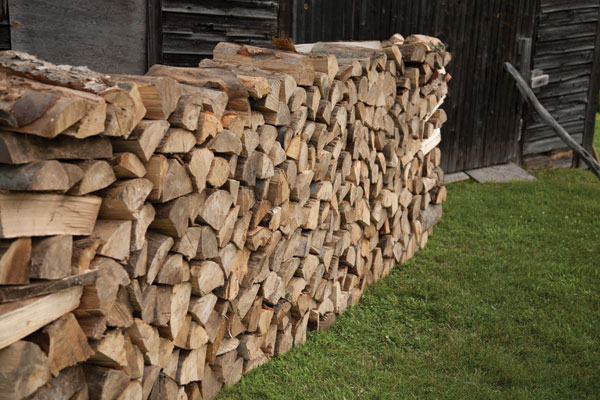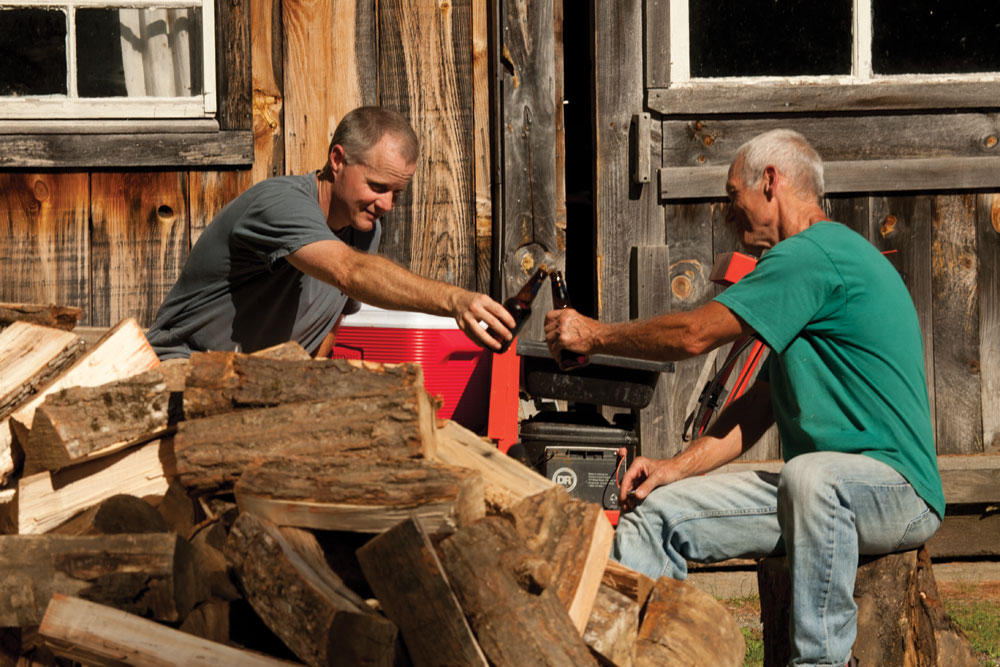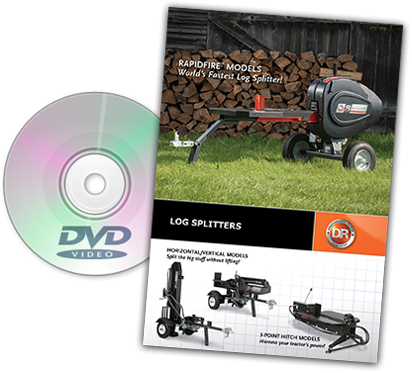7 Tips for Saving Money on Firewood
 If you’re new to buying firewood and burning wood fuel, you may be wondering about the myriad options and how you can minimize your costs. After all, cost may have been the reason you decided to burn wood for fuel in the first place. We’ve compiled a few tips for getting the best burn for your buck, avoiding scheisters, and finding your best firewood deal ever:
If you’re new to buying firewood and burning wood fuel, you may be wondering about the myriad options and how you can minimize your costs. After all, cost may have been the reason you decided to burn wood for fuel in the first place. We’ve compiled a few tips for getting the best burn for your buck, avoiding scheisters, and finding your best firewood deal ever:
1. Buy wood by the cord.
Some companies may use terms like “rack”, “rick”, “pile”, or “load” as units of measure for firewood. A cord is most common – and often the only reliable – unit of measure for firewood. It is also the legal unit of measure that would be used in the case of a discrepancy. A cord is a stack of logs that measures 4 ft. x 4 ft. x 8 ft. Avoid dubious business dealings by only dealing in cords or half cords.
2. Understand the delivery expectations.
When you purchase wood, suppliers should be upfront about whether the price includes delivery and on-site stacking or not. On-site stacking is an important service for them to provide because it allows you to ensure that you’ve gotten the amount that you paid for. But, if you trust the supplier and want to save a few bucks, you may be able to forgo this service.
 3. Check the size.
3. Check the size.
Before you purchase, make sure that the wood that will be delivered is a size that will fit in your wood stove. If it is full logs that you will be splitting yourself, make sure that they are a length that will fit on your splitter. If they come pre-split, make sure that they fit in your wood stove comfortably.
4. Understand the firewood market.
Firewood prices are prone to ups and downs according to availability and demand. Things like natural disasters, fires, tree disease, and population fluctuation can all affect the price of firewood in your area. Keep an eye on prices to find your best deal.
5. Season it yourself.
There are two reasons why seasoning wood yourself can save you money. Firstly, green (unseasoned) wood is usually cheaper than seasoned wood. Secondly, if you are seasoning it yourself, you can purchase your wood in spring or early summer, when demand is lower, so prices may also be lower. Prices will be higher for seasoned wood in the fall because that’s when most people will be stocking up.
6. Check the wood.
Because they burn hotter and longer, hardwoods are ideal for winter heating. This also makes them more expensive. As your firewood is delivered, have a general idea of what the weight and texture of the wood should be. No one wants to believe that their wood supplier would try to pull the wood over their eyes by substituting some expensive hardwood for cheaper softwood, but it happens. Keep an eye out for anything that looks out of place.
7. Ask around.
Ask friends and neighbors for tips on reliable wood suppliers. Chances are, they’ll know the best place to go for a good deal on quality firewood. Hopefully you’ll find a supplier that fits your needs and will be delivering cords of wood for years to come.
Want to learn more about DR Log Splitters?
Order your FREE Buyer's Guide & DVD!

What's inside
- 24-Page Buyer's Guide
- Action-Packed DVD
- Money-Saving Promotions